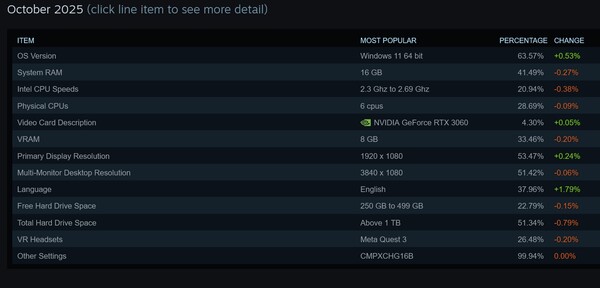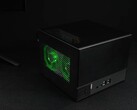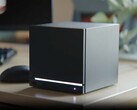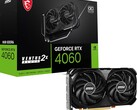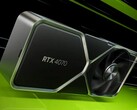Some critics have questioned whether the Steam Machine's performance compares to the Xbox Series X or PS5. As seen in early testing, gamers may need to make compromises with demanding games. Nevertheless, Valve engineer Yazan Aldehayyat is confident in the cube’s abilities. Using hardware surveys as a reference, he argues that the Steam Machine specs make it superior to 70% of the PCs in use.
Aldehayyat made his comments during a recent Adam Savage’s Tested podcast. Hardware data tracked by Valve seems to validate his claims. One of the worries of buyers is with the 8GB of VRAM on the Steam Machine’s semi-custom AMD RDNA 3 GPU. Yet, at 33.46% in the October survey, that memory capacity matches the most common configuration.
Most analysts compare the compact PC’s graphical prowess to a lower-powered RX 7600, or a notch below the RTX 4060. The leading GPU on the survey is the RTX 3060, with the desktop and mobile RTX 4060 following closely behind. Many gamers still rely on even older components, like the GTX 1650.
The Steam Machine also competes well with the most commonly used processors. Its AMD Zen 4 CPU with 6 cores and 12 threads resembles the most popular chips on Steam’s list. That said, it’s the Steam Machine’s FSR 3 upscaling that could give it an edge over lower-end PCs.
How Valve is juggling performance and cost
With the Steam Machine, Aldehayyat explains that Valve strived to balance performance with affordability. Also keeping power consumption in mind, the system is not top-end, but rather is an “entry-level device”. That description may conflict with promises of 4K/60fps visuals.
The survey shows that around 53% of respondents run titles at 1920x1080, with 4K at just 4.65%. Yet, Valve markets the Steam Machine performance as compatible with the highest tier.
In the interview, Aldehayyat promises that the system will play all Steam games. Still, as seen in hands-on demos, the GPU’s stingy VRAM may force gamers to play titles like Cyberpunk 2077 at lower resolutions.





